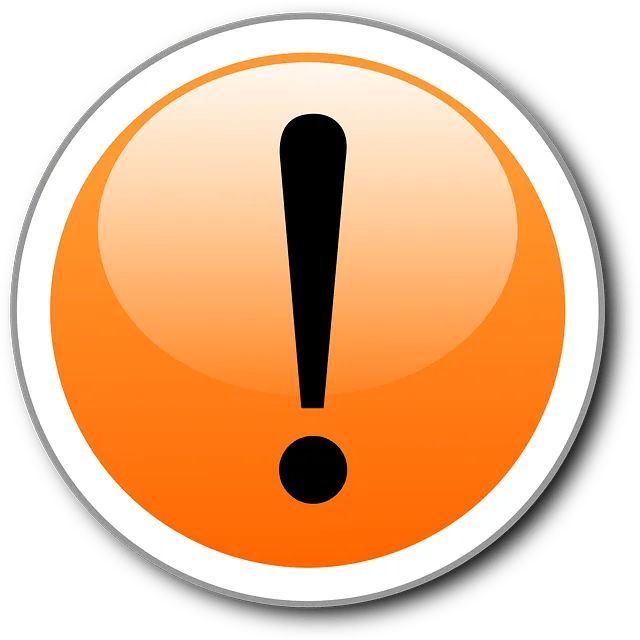HTML Links: Web Developer's Guide to Mastering HTML Text, Image, and Button Links
Welcome back to our HTML Tutorials series where we simplify learning web development and make it exciting. Today, it’s all about HTML Links . I'm sure you've already witnessed the magic of HTML links in action. In simple terms, they 'keep the internet connected' and allow us to navigate from one website to another or from one part of a page to another. In this tutorial, we'll dive deep into the art of creating and perfecting these HTML links. We'll cover three essential types of links: html text links , html image links , and html button links. Each one brings its unique charm to web design and the user experience. By the end of this article, you'll be a pro at crafting awesome, user-friendly links for your websites. So, let's embark on this journey to become HTML link masters!
Master HTML Hyperlinks with Our Video Tutorial
Crafting Interactive Text Links with HTML
HTML text links, often considered the backbone of web navigation, play a pivotal role in connecting different web pages, providing users with a seamless browsing experience. Here is a basic text link syntax structure: Please note that it starts with "< a >" element followed by href and target attribute. Next is the anchor text and closing < /a > tag.
< a href="link-destination"
target="where should link be opened"> Anchor Text < /a >HTML Link Syntax Explanation
- < a > : This is an HTML link element, used to create a hyperlink.
- href=" " : This is an attribute that specifies the URL or destination to which the link points.
- target=" " : : This is an attribute that determines where the link should open, either in a new window or in the same window.
- Anchor Text: This is the clickable text within the link. It should be descriptive so that visitors know where the link leads.
Now, that we have reviewed the link element syntax, let's create a text link that will lead to https://coding4success.com and it will open in the new window.
HTML Link Code
< a href="https://coding4success.com" target="_blank" title="Visit Coding 4 Success"> Visit Coding4Success < /a >
HTML Link Code Preview
Visit Coding4SuccessLet's explore the HTML link code, paying special attention to the 'Title' attribute. When you hover over the link on the right side, a pop-up message (tooltip) will appear, displaying 'Visit Coding 4 Success.' The 'Title' attribute is a valuable feature in HTML, serving to provide supplementary information or tooltips for HTML elements, including links (anchor elements).
This attribute plays a crucial role in enhancing accessibility and offering additional context for linked content. By default, HTML links are typically presented with blue underlines. However, a straightforward way to customize their appearance is through the use of CSS. Now, let's embark on an xperiment in styling this link. We'll eliminate the underline, change the color to white, introduce a red background, apply box-shadow, and implement border-radius. This transformation effectively turns the link into a button, showcasing the remarkable capabilities of just a few lines of code!
Code
Preview
Designing Image Links with HTML and CSS
In this section, we will explore the creation of HTML image links. The process closely resembles that of creating HTML text links, with the primary distinction being the replacement of anchor text anchor text with an HTML image element. Instead of a clickable portion of text, you will incorporate an image to serve as the link. Here's a step-by-step guide on how to accomplish this.
Steps To Create HTML Image Links
- Create a html link structure as you would for text link : < a href="https://coding4success.com" >Visit Coding4Success < /a >
- Replace "Visit Coding4Success" with html image tag < img src="https://coding4success.com/images/attention.webp" >
- Your code will look like this: < a href="https://coding4success.com" >< img src="https://coding4success.com/images/ attention.webp" > < /a >
- Use CSS to style an image
- Don't forget to use "alt" attribute for image
Code
< a href="https://coding4success.com" ><
img src="https://coding4success.com/images/ attention.webp">
alt="visit-coding4success.com"> < /a >
< style >
.img-link img {
width:100px;
height:auto;
}
< /style >
Enhancing Interactivity: Using Buttons for HTML Hyperlinks
In the digital age, user interaction and engagement are paramount. With the power of HTML and CSS, you can take your website's interactivity to the next level by employing buttons as hyperlinks. By using buttons, you not only make your links more visually appealing but also provide a user-friendly, intuitive experience. Creating HTML links using buttons may sound complicated at first, but rest assured, it's a straightforward and accessible process. Let's walk through the steps to demonstrate just how easy it can be:
Steps To Create HTML Hyperlinks Using Buttons
- Create an HTML hyperlink just like a regular text link.
- Replace the anchor text (the clickable part of the link) with HTML code for a button, such as < button >Visit Coding4Success< /button >
- Apply CSS to style the button as desired.
Creative Ideas To Style HTML Button Links
Here are a few creative ideas how to style HTML Buttons. Hover over buttons to see the effect. We'll be covering more advanced techniques in our future videos.

